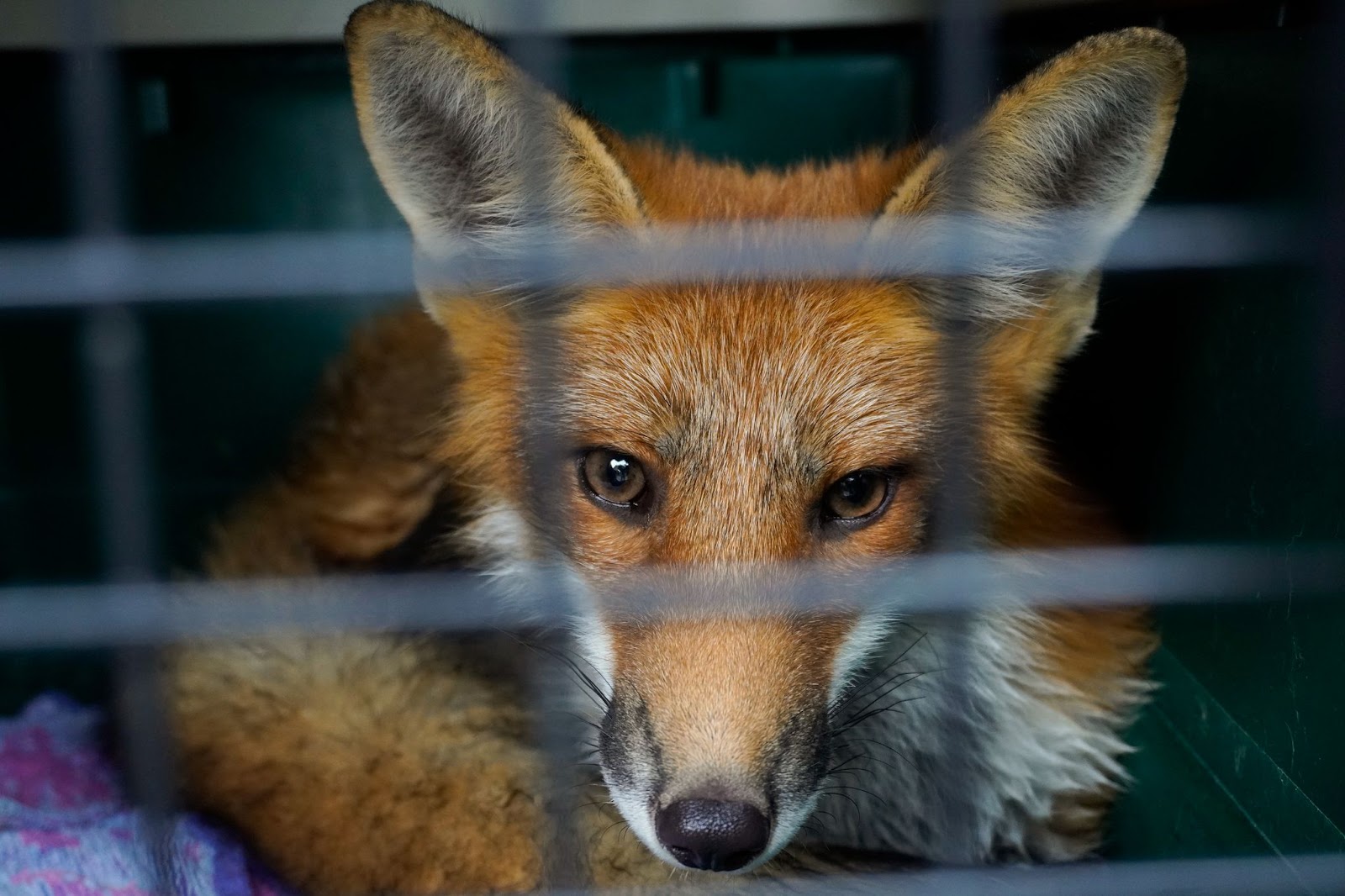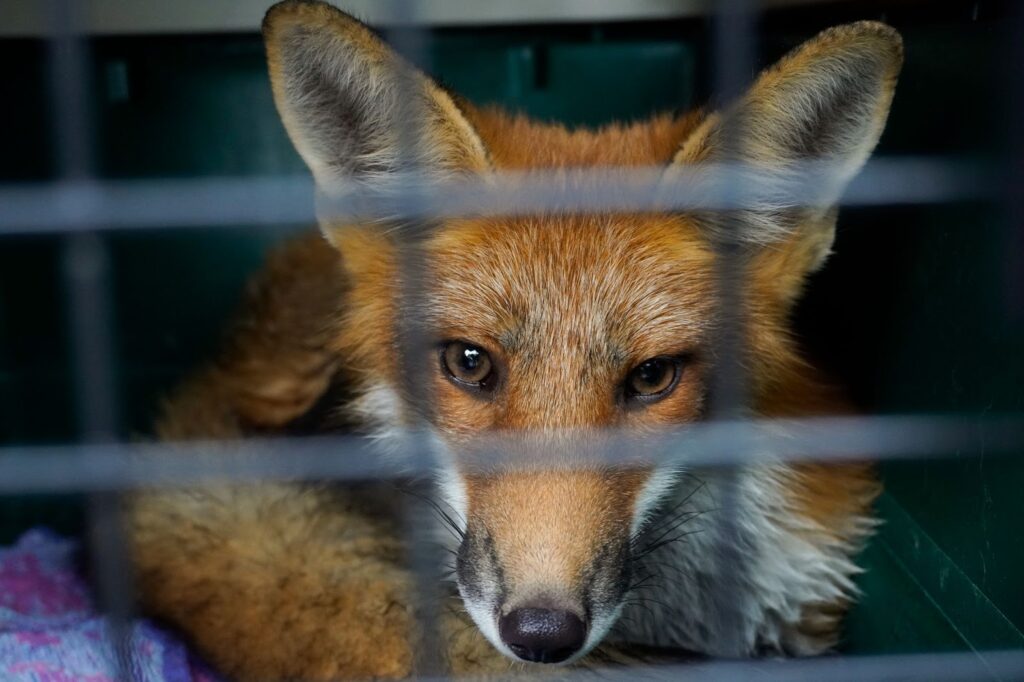Saving red foxes from habitat loss has become a growing concern for conservationists, scientists, and wildlife enthusiasts alike. As humans continue to encroach on wild spaces, the survival of these beautiful animals is at risk—and it’s up to all of us to help protect them.

The Impact of Habitat Loss on Red Foxes
Habitat loss occurs when natural environments are destroyed, degraded, or fragmented by human activity. Urban sprawl, deforestation, agricultural expansion, and infrastructure development are among the leading causes. For red foxes, this means fewer places to find shelter, less access to prey, and greater exposure to traffic, pollution, and human conflict.
Historically, red foxes thrived in forests, meadows, and wetlands. But as those environments disappear, they are forced into unfamiliar and often dangerous territories. Without proper cover, foxes are more vulnerable to predators and weather conditions. Fragmented habitats also disrupt hunting patterns and increase the risk of disease, as animals come into closer contact with domestic pets and livestock.
Although red foxes are not currently endangered, localized populations are suffering. In some regions, numbers have sharply declined, particularly where habitat destruction has been most severe. This makes saving red foxes from habitat loss not just an environmental issue, but a moral and ecological one.
Why Red Foxes Matter
Red foxes play a vital role in the ecosystems they inhabit. As omnivores, they help control populations of rodents and insects, making them essential for natural pest control. Their foraging behavior helps maintain soil health and biodiversity by dispersing seeds and nutrients.
Beyond their ecological function, red foxes are deeply embedded in human culture. From folklore and literature to documentaries and wildlife photography, they’ve inspired generations. Their disappearance would be more than a scientific loss—it would be a cultural and emotional one, too.
Challenges in Saving Red Foxes from Habitat Loss
Unlike some endangered species that live in remote or protected areas, red foxes often live near human settlements. This closeness increases the chances of encounters with people, which can be both a blessing and a curse. On the one hand, it means more opportunities for people to observe and appreciate wildlife. On the other hand, it can lead to conflict—foxes raiding trash bins, poultry attacks, or being struck by vehicles.
These challenges make saving red foxes from habitat loss a complex issue. It requires a mix of education, policy changes, land conservation, and public cooperation.
How You Can Help
Fortunately, there are many ways individuals and communities can participate in saving red foxes from habitat loss. Every effort, no matter how small, contributes to a larger movement of protection and restoration.
Protect and Restore Local Green Spaces
Support or volunteer with local land trusts, nature reserves, or community tree-planting initiatives. Creating green corridors between parks and forests gives foxes safer pathways to roam and hunt.
Raise Awareness
Educate your neighbors, friends, and children about the importance of red foxes and the impact of habitat destruction. Host school talks, write blog posts, or share informative content on social media.
Avoid Pesticides and Rodenticides
Toxic chemicals not only kill prey species that foxes rely on, but can also poison the foxes directly. Using natural pest control helps maintain a balanced ecosystem.
Drive Cautiously in Rural Areas
Foxes often cross roads at night or in early morning hours. Watch for signs in areas with known wildlife populations and reduce speed where possible.
️ Advocate for Wildlife-Friendly Policies
Support legislation that limits overdevelopment and promotes land conservation. Voice your support for national parks, public lands, and animal protection laws.
Respect Wildlife
If you spot a fox, observe it from a distance. Do not feed wild foxes, as it may encourage dependency and increase their risk of harm.
Community Action Makes the Difference
Efforts focused on saving red foxes from habitat loss succeed best when people work together. From urban planners incorporating green infrastructure to farmers maintaining wildlife-friendly practices, every sector of society can contribute to this cause.
Some towns have started “wildlife crossing” programs to reduce roadkill incidents. Others have launched educational campaigns to teach residents how to coexist with foxes and other animals. These community-led initiatives prove that when people care, meaningful change is possible.
A Future for Red Foxes
Imagine a future where red foxes still roam freely through meadows at dusk, where their dens are hidden safely among the trees, and their calls echo across unspoiled hills. That vision can become reality—if we act now.
Saving red foxes from habitat loss is not only about protecting a species; it’s about restoring the health of our planet and reaffirming our connection to the natural world. Every patch of forest preserved, every green space restored, and every person educated brings us one step closer to that goal.
Together, let’s make room for red foxes in the world we share.
“Every tip to Donate Rescue AnimalSupport369 is a ray of hope – where abandoned animals find loving homes.”
 Skip to content
Skip to content


